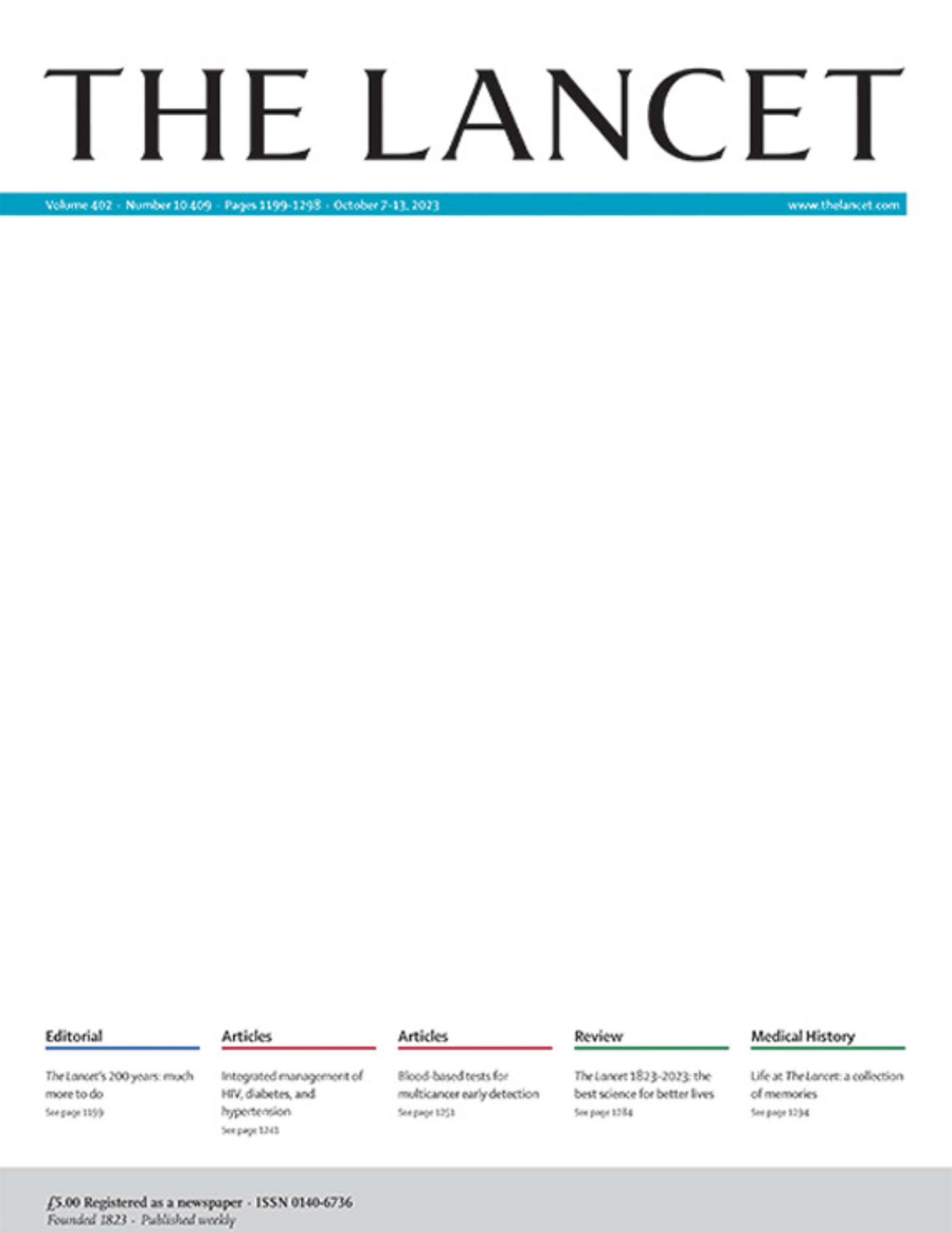
Emergency department and physiotherapy treatment for acute whiplash injuries

Emergency department and physiotherapy treatment for acute whiplash injuries
Emergency department treatments and physiotherapy for acute whiplash: a pragmatic, two-step, randomised controlled trial
Lancet. 2013 Feb 16;381(9866):546-56. doi: 10.1016/S0140-6736(12)61304-X. Epub 2012 Dec 19OE EXCLUSIVE
Dr. Mark Williams disscusses treatment protocols for acute whiplash injuries
Synopsis
This study was conducted to examine the effectiveness of treatments for acute whiplash injury. First, this study examined whether providing active management consultations was more effective than usual care (step 1) in the emergency department. Secondly, the study evaluated whether a physiotherapy package was more effective than one additional physiotherapy advice session in patients with persisti...
To view the full content, login to your account,
or start your 30-day FREE Trial today.
FREE TRIAL
LOGIN
Forgot Password?
Explore some of our unlocked ACE Reports below!

Learn about our AI Driven
High Impact Search Feature
Our AI driven High Impact metric calculates the impact an article will have by considering both the publishing journal and the content of the article itself. Built using the latest advances in natural language processing, OE High Impact predicts an article’s future number of citations better than impact factor alone.
Continue



 LOGIN
LOGIN

Join the Conversation
Please Login or Join to leave comments.